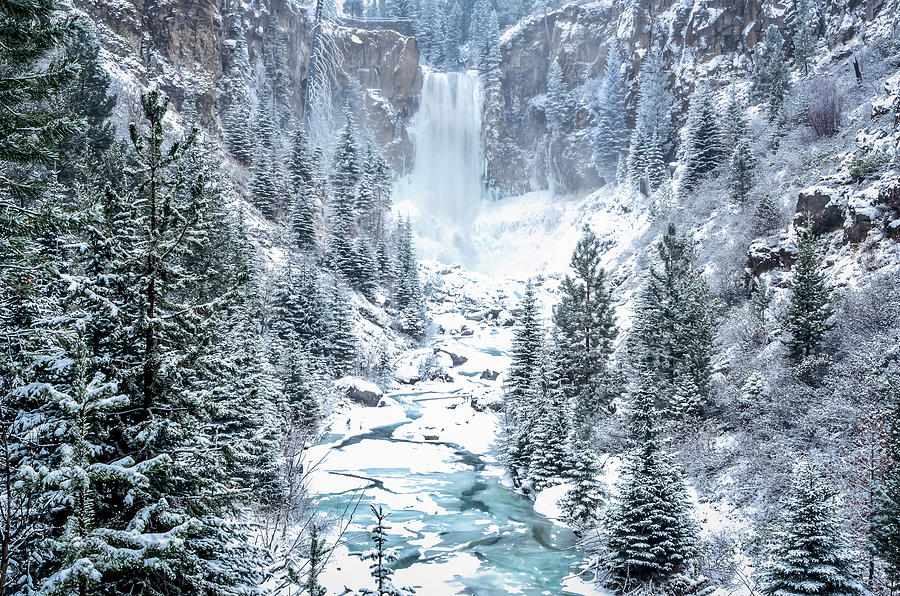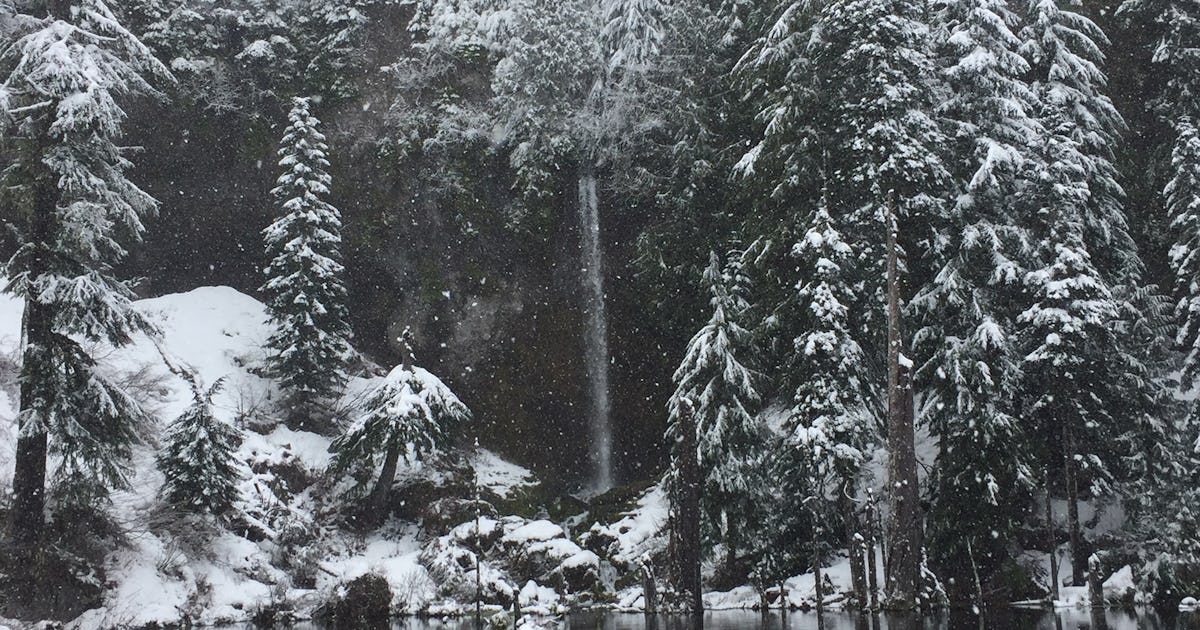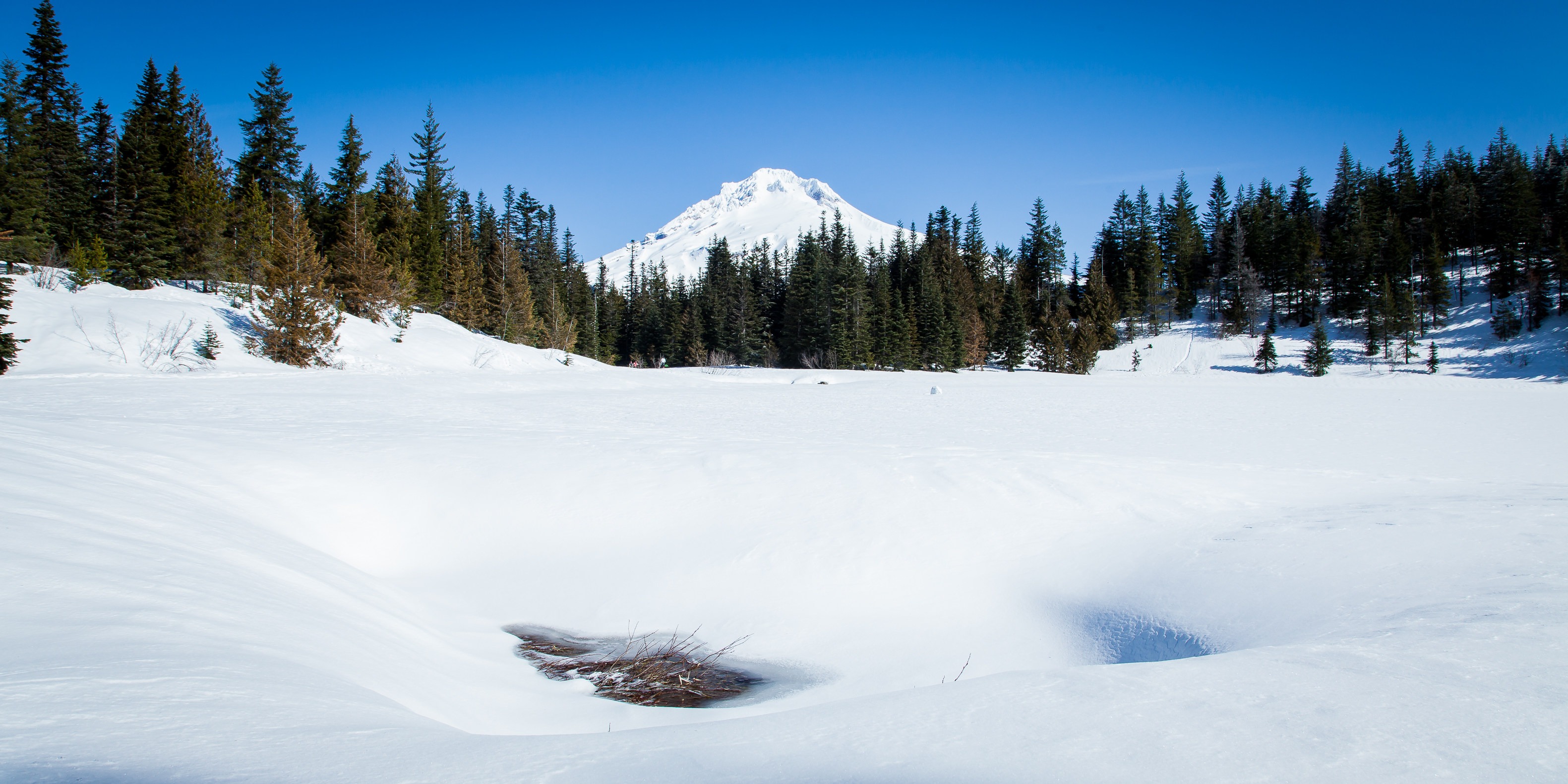Cold Weather Layering
☑️ Base Layers
This is your next-to-skin layer and should be a form fitting moisture wicking material. Common base layer materials are polyester/wool/silk.
☑️ Mid Layer
This layer is meant to serve as an insulator. Having an insulator piece helps you stay warm when you pull off the trail for a break. Common materials are wool, polyester fleece, synthetic insulation, and down. Down insulation is lightweight, packable, and warm! But if you don’t have a reliable rain shell, it won’t do any good when it comes to keeping you warm when it's wet. Synthetic insulation is great for wet adventures but does not offer as much warmth and isn’t as packability as down.
☑️ Outer Layer
This layer's main job is to protect you from the elements! It’ll fend off wind, rain and snow. An ideal outer layer would be a waterproof breathable rain jacket, but a lot of the time a windbreaker makes the cut.
So you've got your essentials and you're all layered up! But before you hit the road, you'll want to do a little research to ensure a fun and safe adventure. Here are some things to make sure you check before leaving:
☑️ Weather
Check the forecast leading up to and on the day you plan on hiking or snowshoeing. Plan your clothing accordingly.
☑️ Trail Difficulty
This helps determine how much food to bring and water for your hike. To be safe always bring a little extra.
☑️ Trail Conditions
Trails tend to close for maintenance, or there might be scheduled prescribed burns that can impact your hike or even prevent it.
☑️ Area Regulations & Restrictions
Land managers have regulations surrounding the use of the land you are recreating on. Check out the rules and regulations for your hike before you go.
And now you have all the basics for a fun and safe winter hike... you just need the perfect spot to put in your GPS! Don't worry, I've got you covered with some of my favorite easy to moderate trails in the PNW.
Five Pacific Northwest Winter Adventures
📍Wahkeena Trail, Columbia Gorge
Wahkeena trail offers great views of the Columbia River, taking you along a lush trail and past Fairy Falls. Wahkeena trail is open year round, although it can ice over in some spots so be sure to bring traction devices in your daypack. The trail is rated moderate and is 2.8 miles, out and back. If you want to extend your hike there, you can also take the longer 4.8 mile Wahkeena Falls Loop.
Degree of Difficulty: Moderate
Activity: Hike, Traction Devices for Shoes (Heavily Advised)
Distance: 2.8 - 4.8 miles
Duration: 3 - 5 hrs
More Info: Wahkeena Trail & Wahkeena Falls Loop
📍June Lake Trail, Washington
June Lake is an easy 2.5 mile trail located near Cougar, Washington. In the winter months it offers a great challenge for hikers wanting to dabble in snowshoeing. The trail is heavily used in the summer months but dwindles down in the colder months. The trail is still used fairly often in the winter so snowshoes may not be needed, but we recommend you still load them in your car just in case. June Lake trail has amazing views of Mount St. Helens. The trail ends at June Lake, which was created by a 2,000 year old lava flow that blocked the Swift Creek tributary.
Degree of Difficulty: Easy
Activity: Snowshoe, Traction Devices for shoes (Optional)
Distance: 2.5 - 2.8 miles
Duration: 4 - 5 hrs
More Info: June Lake Trail & June Lake

📍Tumalo Falls, Central Oregon
A very popular hike in Central Oregon year round due to its ease of accessibility and proximity to Bend, OR. During the colder month the gravel road is closed, which usually takes you right up to the base of the falls. This .5 mile hike extends to a 6.5 mile out and back hike. The hike parallels Tumalo Creek in a small canyon that is stunning after a big snowfall. This is a popular trail for many backcountry snow enthusiasts so be prepared to see quite a bit of people trekking along Tumalo Creek trail.
Degree of Difficulty: Moderate
Activity: Snowshoe/XCX, Traction Devices for shoes (Optional)
Distance: 6.5 miles
Duration: 4 - 5.5 hrs.
More Info: Tumalo Falls & Tumalo Creek Trail

📍Siltcoos Lake Trail, Westlake, OR
If you are wanting to go on a hike during the Oregon winters but want to avoid bringing snow shoes and traction devices, Siltcoos Lake trail is the trail to be on! Located near Florence, OR the trail is in close proximity to the coast making it the perfect place to escape the snow. Siltcoos Lake trail offers amazing lush trails with intermittent wooden board walks along the way. The lightly used trail is a 3.5 mile moderate loop that takes you up to the shores of Siltcoos Lake. Be prepared to carry in your own snacks and water and pack right back out because many of the amenities that are usually available at the trailhead are closed during the colder months.
Degree of Difficulty: Moderate
Activity: Hike
Distance: 3.5 miles
Duration: 3 - 4.5 hrs
More Info: Siltcoos Lake Trail & Siuslaw National Forest
📍Mirror Lake Loop Trail, Mt. Hood
For adventure seekers that are in the Portland metro area, Mirror Lake trail is a great way to enjoy the snow. Mirror Lake Loop is a heavily trafficked moderate 3.7 mile trail. Many winter adventurers report that snowshoes may not be necessary but traction devices are highly encouraged, if you don’t want to cut your hike in half. Because Mirror Lake is at a higher elevation, weather will play a huge role in whether or not you get to see Mt. Hood reflected in the lake. So plan ahead and check the weather if you want to see all that Mirror Lake has to offer.
Degree of Difficulty: Moderate
Activity: Snowshoe, Traction Devices for Shoes (Heavily Advised)
Distance: 3.7 miles
Duration: 3 - 5 hrs.
More Info: Mirror Lake Loop Trail & Mt. Hood National Forest
Charelle Stanley (she/her) is the Program Coordinator at Wild Diversity. She is a member of the Diné tribe and is also of Hopi and Zuni decent. Charelle grew up on and off the Diné reservation before moving to Oregon five years ago.
Her passion for the outdoors has led her to love a myriad of adventure sports, including white water boating, mountain biking, backpacking, and rock climbing. Charelle is dedicated to making adventure education and outdoor recreation accessible and inclusive for POC and queer communities. 










Thank you for the tips! I am new to hiking/backpacking. I am looking for suggestions about hikes. Came across your article and looked up each of the hikes. They are on my list.
ReplyDelete